|
|

Star of David
based on a Hebrew video by Oren Evron here  The Star of David is an ancient symbol of Judaism (see Drashot Ben Ish Chai, ki teitzei). The oldest complete manuscript of the Hebrew Bible, known as the Leningrad Codex (dated 1008CE), has a "Star of David" on its cover page.  Is there a sign that the Hebrew word "Yisrael" ( ישראל) and the "Star of David" figurate are mathematically connected? The mathematical formula for "Star of David" (Hexagram) figurate numbers is Star(n) = 6n(n-1)+1  The Star of David (Hexagram) figurate is formed by the merging of two triangle Figurates. For example, two 28 dot triangle figurates can be merged to form a 37 Star of David figurate. 
Triangular Numbers
A pool game, for example, is made up of 15 identical size billiard balls.  15 is a triangular number. Thus, the 15 balls can be arranged into a perfect triangle figurate. If there were 14 balls or 16 balls, this would not be possible. Examples of triangular numbers are 3, 6, 10, 15, 21, 28, 36, 45, etc. Their mathematical formula is: Triangle(n) = n(n+1)/2  Let us now look at the Star of David (Hexagram) numbers according to their formula:
Star(n) = 6n(n-1)+1
| 1 |
6×1(1-1)+1 |
= |
1 |
| 2 |
6×2(2-1)+1 |
= |
13 |
| 3 |
6×3(3-1)+1 |
= |
37 |
| 4 |
6×4(4-1)+1 |
= |
73 |
| 5 |
6×5(5-1)+1 |
= |
121 |
| 6 |
6×6(6-1)+1 |
= |
181 |
| 7 |
6×7(7-1)+1 |
= |
253 |
| 8 |
6×8(8-1)+1 |
= |
337 |
| 9 |
6×9(9-1)+1 |
= |
433 |
| 10 |
6×10(10-1)+1 |
= |
541 |
| .. |
.. |
|
.. |
All these numbers are and always will be beautiful Star of David numbers.  Let us now look at the Hebrew word "Yisrael" ( ישראל).
| Gematria of Yisrael |
| ל |
א |
ר |
ש |
י |
| 30 |
1 |
200 |
300 |
10 |
| Total=541 |
Our name "Yisrael" stems from the Torah:
"G-d said to him, 'your name is Yaakov. Your name shall no longer be called Yaakov, but Yisrael shall be your name', and He named him Yisrael" (Gen.35:10).
G-d Himself granted us this name after Yaakov, our forefather, vanquished the angel of Eisav which he (spiritually) wrestled with (Genesis 32:23-31). This angel was the Satan himself.
| Satan |
= |
שטן |
= |
359 |
|
| Yaakov |
= |
יעקב |
= |
+182 |
|
| Yisrael |
= |
ישראל |
= |
541 |
Total |
 Yaakov won the struggle and transformed the power of evil to the power of good and this joined with his old name to grant him the new name - Yisrael. Do you recognize the number 541? It is none other than the 10th Star of David number.  It is interesting that Yaakov received the name Yisrael after defeating the Satan. Yisrael hints to a perfect/whole man - Tiferet Yisrael (the splendor of Yisrael).
| Center Point |
541 is the exact center point of 1081
| 1--------------------1081 |
^
541 |
Tiferet (תפארת) = 1081 and Yisrael ישראל = 541
|
For Yaakov, the man of truth (Michah 7:20), had all his 10 Sefirot rectified properly (he also became a Merkava (chariot) for the Sefirah of Tiferet). 10 is a whole/collective number. Thus, G-d created the world with 10 utterances and gave us the 10 commandments. This is why the name G-d granted to us after Yaakov defeated the power of evil is the 10th star of David number. The statistical odds of the Hebrew name Yisrael having gematria of 541 are slightly more than 1 percent (see video). Thus, the chance of this being designed is about 99 percent. There is much to elaborate on this. For example, the inner hexagon of Yisrael has 271 dots.  The 12 triangles in the Magen David have 45 dots (Gematria of Adam).  Every diagonal has 37 rows, and much much more.  Interestingly, 541 = 100th prime number = 10 2
Snowflakes
One of the most striking examples of natural artistry in the inanimate world is in the formation of snowflakes. Each snowflake is a miracle of beauty, a masterpiece of design and no one design seems to ever be repeated. Amazingly, snowflakes typically have a Magen David or an outline of it discernible in the center. Here is a picture of a real typical snowflake under a microscope. 
Zion Star
 The Torah commands us: "speak to all the congregation of the people of Israel and say to them, you shall be holy, for I the L-rd your G-d am holy." (Lev.19:2). The final verse in this weekly portion (Kedoshim) has 2701 Gematria [1]. For this torah portion contains the purpose of creation - to become holy like G-d. "And they shall make Me a sanctuary and I will dwell in their midst" (Ex.25:8). And in the "Path of the Just" ch.26 (final chapter):
"But for the holy man who constantly clings to his G-d, whose soul treads freely among true thoughts in love of his Creator and fear of Him, behold, it is considered as if he is walking before G-d in the Land of the Living, while still here in this world.
Such a man is himself considered as a Tabernacle, a Temple and an altar. For the Shechina (divine presence) dwells within him just as it dwelled in the Temple [of Jerusalem]. Due to this, the food he eats is like a sacrifice offered upon the fire of the altar, for certainly it was a great elevation for those things to be offered on the altar, since they were offered before the Shechinah."
Amazingly:
| The Gematria of "Zion", the place of the Temple: |
| = |
ציון (Zion) |
= |
156 |
| The Gematria of "Shechina" (divine presence): |
| = |
שכינה (Shechina) |
= |
385 |
| Total: 156 + 385 = 541 (Israel) |
 The 10th Star of David figurate (Israel) is composed of a frame and inner part. Amazingly, this splits into 156/385 for Zion/Shechinah. And in the daily prayers, we say: "And may our eyes behold Your return to Zion in mercy. Blessed are You L-rd, who restores His Shechinah to Zion" 156 is also the Gematria of "Yosef" who was the epitome of the "Tzadik" (righteous person) [2]. For as before, the job of the Tzadik is to become a Temple for G-d's holiness just like Zion was the Temple for G-d's Shechina (divine presence [3]) (heard from Oren Evron).  Interestingly, the "Zionist" movement to resettle the land of Israel consisted mainly of secular Jews. For they wanted the land of Israel as a sort of nationalist motive. But their motives lacked the Shechinah aspect. Thus, divine providence arranged it that the Israeli flag of the "Zionists" was that of the frame of the star of David only. But the real purpose of Israel is to also bring the Shechinah into the world. (and likewise, for marriage between husband and wife - to build a torah home where the Shechinah can dwell. All this and more is symbolized in the Star of David!) >> Next: Divine Star
https://www.dafyomi.co.il/general/info/torahau/torah_numerology.php?d=19
|
|
|
|
|
New International VersionIt is as if the dew of Hermon were falling on Mount Zion. For there the LORD bestows his blessing, even life forevermore.
New Living TranslationHarmony is as refreshing as the dew from Mount Hermon that falls on the mountains of Zion. And there the LORD has pronounced his blessing, even life everlasting.
English Standard VersionIt is like the dew of Hermon, which falls on the mountains of Zion! For there the LORD has commanded the blessing, life forevermore.
Berean Standard BibleIt is like the dew of Hermon falling on the mountains of Zion. For there the LORD has bestowed the blessing of life forevermore.
King James BibleAs the dew of Hermon, and as the dew that descended upon the mountains of Zion: for there the LORD commanded the blessing, even life for evermore.
New King James VersionIt is like the dew of Hermon, Descending upon the mountains of Zion; For there the LORD commanded the blessing— Life forevermore.
New American Standard BibleIt is like the dew of Hermon Coming down upon the mountains of Zion; For the LORD commanded the blessing there—life forever.
NASB 1995It is like the dew of Hermon Coming down upon the mountains of Zion; For there the LORD commanded the blessing— life forever.
NASB 1977It is like the dew of Hermon, Coming down upon the mountains of Zion; For there the LORD commanded the blessing—life forever.
Legacy Standard BibleIt is like the dew of Hermon Coming down upon the mountains of Zion; For there, Yahweh commanded the blessing—life forever.
Amplified BibleIt is like the dew of [Mount] Hermon Coming down on the hills of Zion; For there the LORD has commanded the blessing: life forevermore.
Christian Standard BibleIt is like the dew of Hermon falling on the mountains of Zion. For there the LORD has appointed the blessing — life forevermore.
Holman Christian Standard BibleIt is like the dew of Hermon falling on the mountains of Zion. For there the LORD has appointed the blessing— life forevermore.
American Standard VersionLike the dew of Hermon, That cometh down upon the mountains of Zion: For there Jehovah commanded the blessing, Even life for evermore.
Contemporary English VersionIt is like the dew from Mount Hermon, falling on Zion's mountains, where the LORD has promised to bless his people with life forevermore.
English Revised VersionLike the dew of Hermon, that cometh down upon the mountains of Zion: for there the LORD commanded the blessing, even life for evermore.
GOD'S WORD® TranslationIt is like dew on [Mount] Hermon, dew which comes down on Zion's mountains. That is where the LORD promised the blessing of eternal life.
Good News TranslationIt is like the dew on Mount Hermon, falling on the hills of Zion. That is where the LORD has promised his blessing--life that never ends.
International Standard VersionIt is like the dew of Hermon falling on Zion's mountains. For there the LORD commanded his blessing— life everlasting.
Majority Standard BibleIt is like the dew of Hermon falling on the mountains of Zion. For there the LORD has bestowed the blessing of life forevermore.
NET BibleIt is like the dew of Hermon, which flows down upon the hills of Zion. Indeed that is where the LORD has decreed a blessing will be available--eternal life.
New Heart English Biblelike the dew of Hermon, that comes down on the hills of Zion: for there the LORD gives the blessing, even life forevermore.
Webster's Bible TranslationAs the dew of Hermon, and as the dew that descended upon the mountains of Zion: for there the LORD commanded the blessing, even life for ever.
World English Biblelike the dew of Hermon, that comes down on the hills of Zion; for there Yahweh gives the blessing, even life forever more.
Literal Translations
Literal Standard VersionAs dew of Hermon—That comes down on hills of Zion, "" For there YHWH commanded the blessing—Life for all time!
Young's Literal TranslationAs dew of Hermon -- That cometh down on hills of Zion, For there Jehovah commanded the blessing -- Life unto the age!
Smith's Literal TranslationAs the dew of Hermon coming down upon the mountains of Zion: for there Jehovah commanded the blessing, life even forever.
Catholic Translations
Douay-Rheims Bibleas the dew of Hermon, which descendeth upon mount Sion. For there the Lord hath commandeth blessing, and life for evermore.
Catholic Public Domain VersionIt is like the dew of Hermon, which descended from mount Zion. For in that place, the Lord has commanded a blessing, and life, even unto eternity.
New American BibleLike dew of Hermon coming down upon the mountains of Zion. There the LORD has decreed a blessing, life for evermore!
New Revised Standard VersionIt is like the dew of Hermon, which falls on the mountains of Zion. For there the LORD ordained his blessing, life forevermore.
Translations from Aramaic
Lamsa BibleLike the dew of Hermon that falls upon the mount of Zion; for there the LORD commanded the blessing, even life for evermore.
Peshitta Holy Bible TranslatedLike the dew of Hermon that descends upon the mountain of Zion, because there LORD JEHOVAH commanded the blessing and the Life unto eternity.
OT Translations
JPS Tanakh 1917Like the dew of Hermon, That cometh down upon the mountains of Zion; For there the LORD commanded the blessing, Even life for ever.
Brenton Septuagint TranslationAs the dew of Aermon, that comes down on the mountains of Sion: for there, the Lord commanded the blessing, even life for ever.
Additional Translations ...
|
 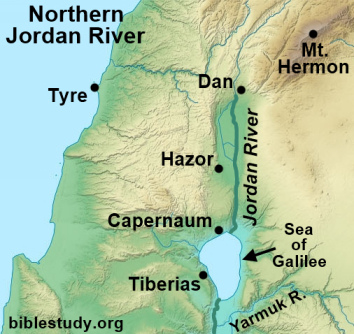  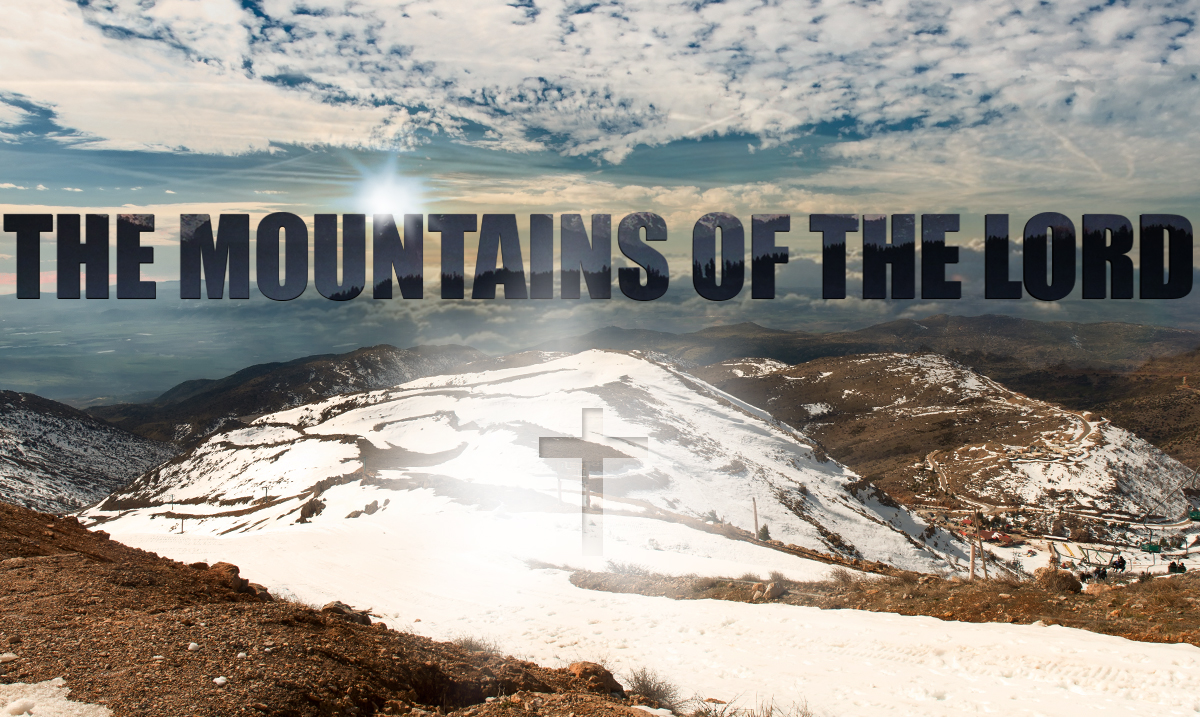  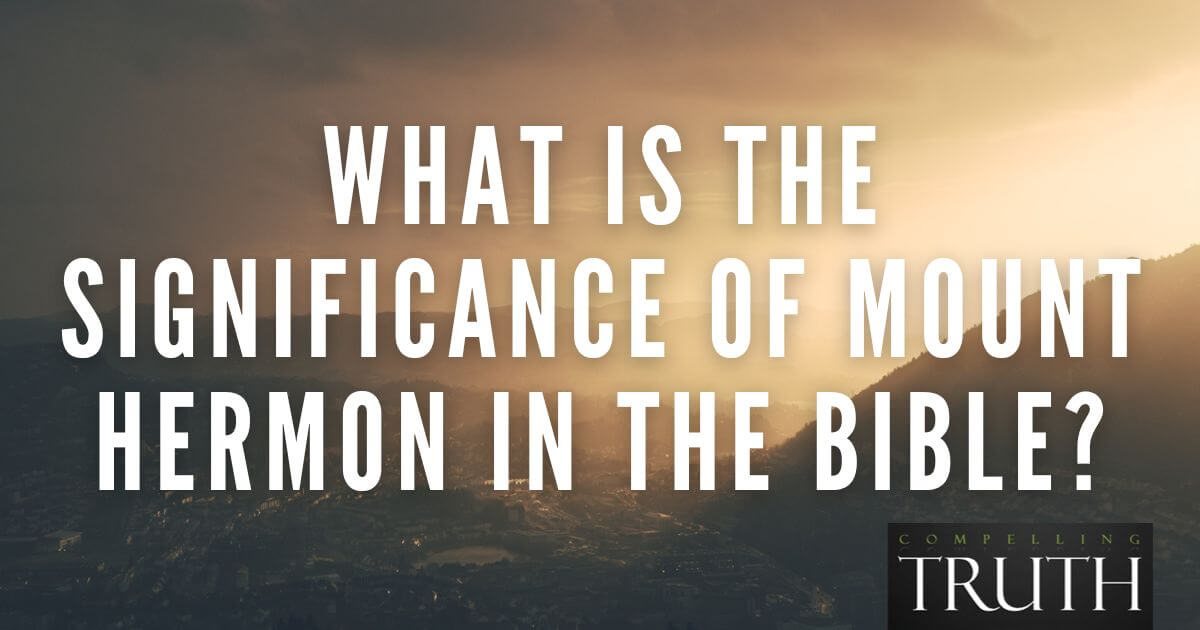 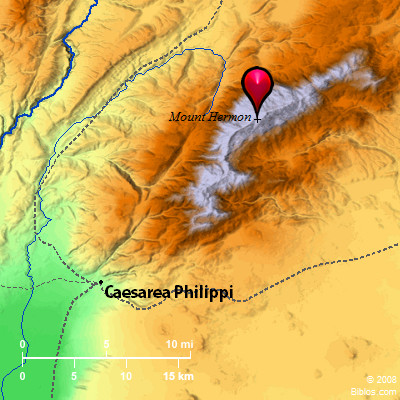 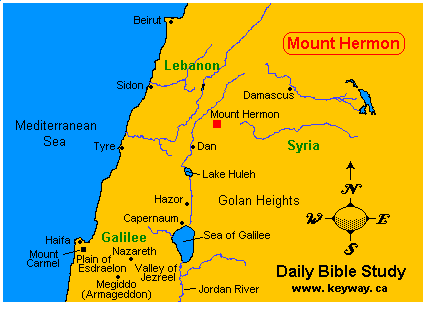   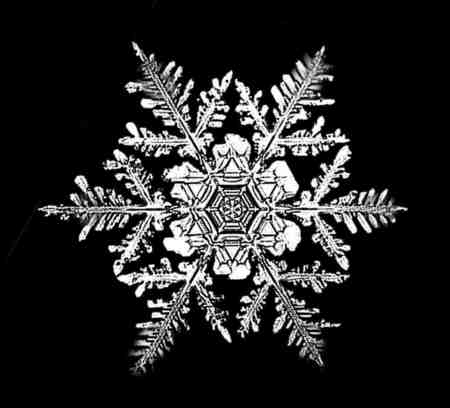 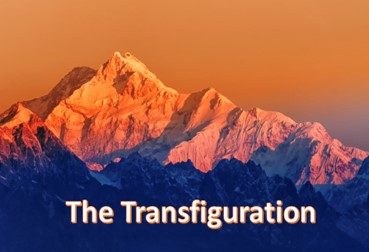 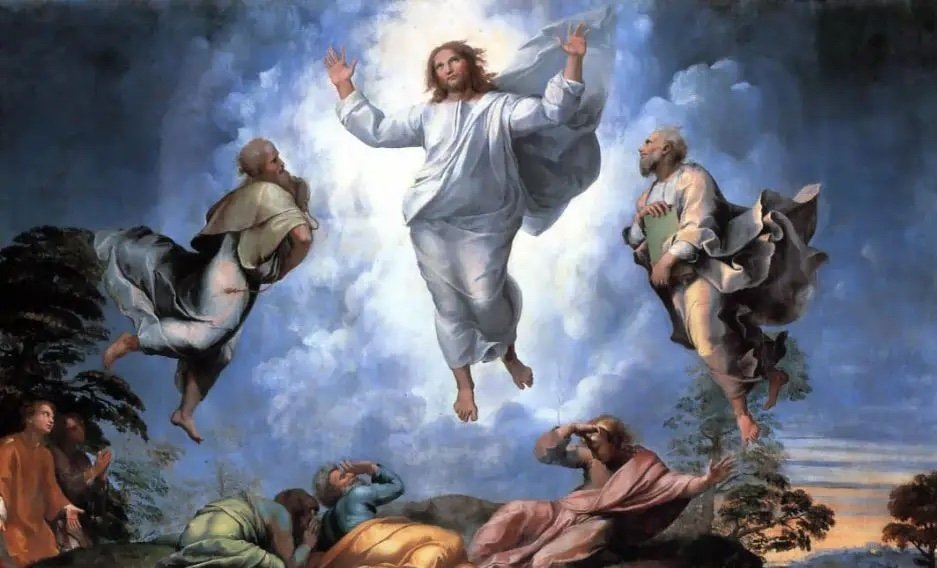   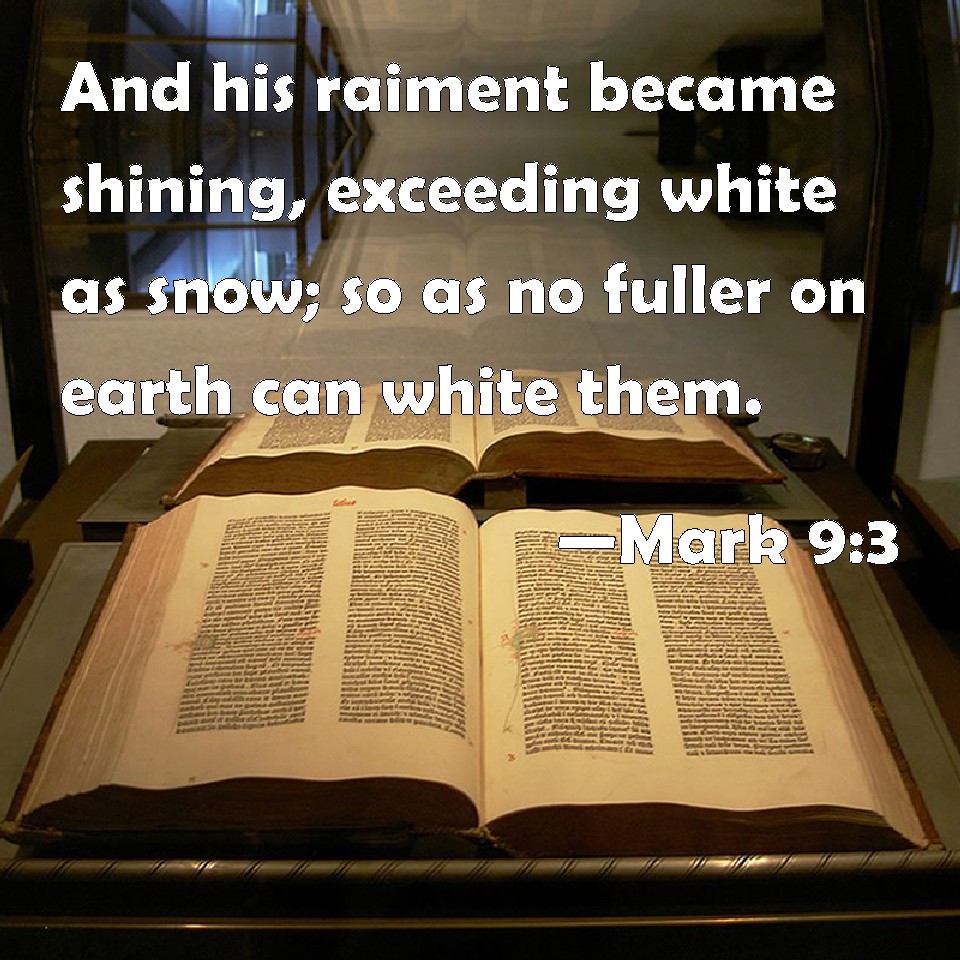 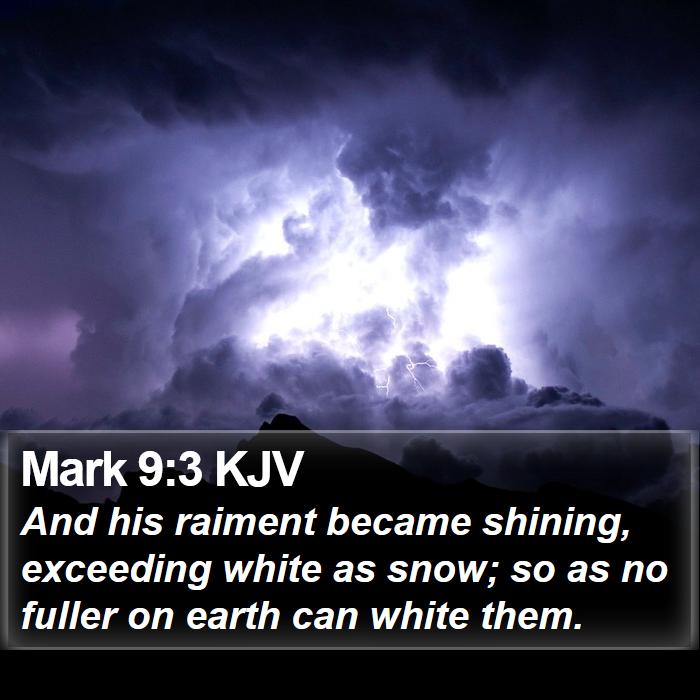 |
|
|
|
|
Archivo de la etiqueta: Puerto de La Magdalena

Miras que jalonan la carretera en el puerto de La Magdalena
En Octubre de 1954 crucé por primera vez el puerto de La Magdalena viajando con toda la familia en el autobús de Beltrán camino de Villablino, el nuevo destino de mi padre como responsable de la oficina de Correos. Cuando pregunté por los cilindros de piedra de sección menguante que bordean un lado de la carretera del puerto, me dijeron que eran para que los operarios de la máquina que quitaba la nieve supieran donde estaba la carretera en las grandes nevadas. Creí que me tomaban el pelo pues me costaba imaginar que la nieve pudiera alcanzar dos o tres metros de espesor. Tardaríamos pocas semanas en percatarnos de lo diferente que era el invierno montañés de los que habíamos vivido en la Roa de Duero mesetaria. Mucho más frío y, sobre todo, abundante nieve que nos acompañaba durante tres o cuatro meses cada invierno. Era frecuente encontrar por la mañana una capa de nieve en la calle de más de cuarenta centímetros que teníamos que apartar con la pala en la puerta de casa para poder salir a la calle, aunque nada que ver con lo que decían de los vecinos de Leitariegos que debían hacer túneles en la nieve para ir de una casa a otra. Las mayores nevadas sucedían cuando empezaba a nevar casi sin querer, con el aire en calma y unos copos que descendían bamboleándose sin prisa pero de manera sostenida y que paulatinamente iban aumentando de tamaño. Cuando esto sucedía, era un espectáculo ver por la noche desde la ventana la danza vacilante de los copos de nieve iluminados por la farola de la esquina del bloque de Pérez Vega. Cuando la nevada se producía el sábado por la noche, al asomarnos a la ventana a primera hora del domingo veíamos todo nevado y sin una sola huella en la nieve. Acostumbrábamos a ir temprano a misa por lo que casi siempre éramos los primeros en dejar la marca de nuestras botas en la nieve, que recuerdo me causaba una sensación como de estrenar algo. Pisaba con extremo cuidado para que las huellas se mantuvieran claras, intentando no desfigurarlas con la nieve que se arrastraba al posar o levantar el pie. Para llegar a la iglesia de San Miguel teníamos que atravesar La Veiga, un extenso campo de labor cruzado en su mitad por una senda de tierra que habíamos recorrido cientos de veces y creíamos poder seguir a ciegas. Pero en los días de nevada todo se desfiguraba, incluso las inmensas y negras escombreras desaparecían en un paisaje completamente blanco e inusitadamente en calma. Las desigualdades del terreno desaparecían bajo la capa ondulada de nieve, de forma que no quedaba ni rastro del camino de La Veiga y comprobábamos como nos salirnos de la archiconocida senda cada poco trecho. Caminábamos como ciegos, a plena luz del día, corrigiendo el rumbo cada poco apuntando hacia donde sabíamos que estaba el final del camino señalado por las primeras casas de San Miguel. El agua que durante el día escurría de la nieve que había en los tejados de pizarra, por la noche se helaba y formaba unos carámbanos de más de un metro y varios kilos de peso. Las mañanas soleadas los carámbanos goteaban dibujando en la nieve del suelo una línea recta formada por tantos hoyitos como carámbanos colgaban del techo. Tan pronto el sol ablandaba la nieve del tejado lo suficiente, resbalaba sobre las losas del tejado y caía al suelo en cascada con un estruendo que asustaba, sobre todo en nuestra calle que era como un desfiladero formado por nuestra casa y las de Esteban y Rouco. La avalancha arrastraba los carámbanos, convertidos en puñales de hielo, y formaba trincheras de nieve al lado de las paredes de las casas que no desaparecían hasta varias semanas después de la última nevada. Para no quedar sepultado o malherido por las avalanchas, había que estar atento al ruido que hacía la nieve cuando empezaba a deslizar en el tejado y buscar refugio en el portal o apartarse antes de que varios quintales de nieve alcanzaran el suelo o un carámbano te trepanase la sesera. No recuerdo que ni a mí ni a nadie de la familia nos pescara alguna de estas avalanchas. Sustos si, unos cuantos cada invierno. Terminadas las nevadas veía en el suelo losas de pizarra que habían acompañado a la nieve en su caída y no podía por menos que imaginar mi cabeza partida en dos mitades, cada una de ellas con media mueca y nariz de un solo agujero, como por efecto de la guillotina manejada por un loco. Esta visión macabra hacía que me cubriera la cabeza con el codo cuando corría a refugiarme de las avalanchas, por si las losas. Entre nevada y nevada me enteré de que los monolitos de piedra del puerto de La Magdalena eran tan altos porque debían asomar por encima de los «traves» que se formaban donde el aire amontonaba la nieve con varios metros de espesor. Tras varios días aislados por carretera de León, era todo un acontecimiento la llegada del autobús de Beltrán gracias a que la expaladora había conseguido despejar los «traves» y dejar el camino expedito. Nevada tras nevada nos acercábamos paulatinamente hacía la primavera, cuando podríamos olvidarnos de los puñales helados y losas asesinas que caían de lo alto y no estar pendientes del ruido en los tejados. Suena a tópico decir que antes las nevadas eran mayores que las de ahora, pero los monolitos de piedra del puerto parecen confirmar que antes nevaba mucho. Lo que yo tengo claro es que nunca he vuelto a ver nevar como hace cincuenta años en el valle de Laciana, ni copos tan majestuosos como los que veía flotar indecisos en un espectacular ballet al trasluz de la farola del otro lado de la calle.

Leitariegos. Abriendo paso a paladas.
(Seguramente, las cosas sucedieron casi tal como las recuerdo. De las sensaciones no tengo duda.)
Imagen de cabecera tomada de: lasendaelnorte.blogspot.com. Foto de Leitariegos por gentileza de Luis Álvarez Pérez.

Autor: Emilio García de la Calzada
Publicado en Artículo | Etiquetado Cosas de Laciana, Cosas de Villablino, Emilio García de la Calzada, Fotos de Laciana, Historias de Laciana, Historias de Villablino, Laciana, Lacianiegos, lembranzas, Puerto de La Magdalena, Puerto de Leitariegos, Recuerdos de Laciana, Recuerdos de Villablino, Trave de nieve, Villablino | |
|
|
|
|
The Egyptian Royal Cubit and the Foot are units of measure connected by the fraction 12/7 = 1.714285... (or 5/7 = .714285...)
The Hexagon is said to be the symbol of creation containing 7 points (middle and 6).
We naturally mark 12 points on a circle (time) by dividing 360 by 30.
When we consider 147 as the ancient egyptian sacred number it's no wonder that length was used as the original Royal Cubit length of the Sphinx or 252 feet. Some math:
252-147 = 105
147/105 = 1.4
252/105 = 2.4
https://www.facebook.com/photo.php?fbid=616622461722982&id=159074557477777&set=a.410818145636749
|
|
|
|
|
Un santuario de Bariloche conecta a la Argentina con la última voluntad del Papa
Mientras en Roma se prepara el entierro de Francisco en la Basílica de Santa María la Mayor dedicada a la Virgen de las Nieves, en la Patagonia crece otro santuario consagrado a esta advocación, un escenario de un fenómeno que mezcla fe, misterio y presuntas apariciones marianas
25 Abr, 2025 10:12 a.m.Actualizado: 25 Abr, 2025 12:46 p.m. AR
 En la foto, el Papa recibe la medalla de la virgen Santa María de las Nieves. Luego, la bendijo y pidió que se la llevaran a los enfermos En Bariloche, sobre la ruta, se encuentra en construcción el Santuario de la Virgen de las Nieves.
La mujer asegura que la Virgen le transmite mensajes en fechas específicas: cada 9 de diciembre, el 25 de marzo y cada primer sábado del mes.
Respecto al contenido, señala que muchos mensajes están dirigidos “a toda la humanidad”, aunque también hay otros personales. Entre los más llamativos, asegura que la Virgen le anticipó la pandemia y le advirtió sobre futuras “pestes”. También le habría pedido priorizar el cuidado de los enfermos por sobre los indigentes, “porque los primeros están postrados y no pueden buscar ayuda por sí mismos”.
 La medalla de la Virgen de Las Nieves
Sobre la ruta provincial 82, cerca del cruce al cerro Catedral, se encuentra la histórica gruta de la Virgen de las Nieves, cuya imagen fue entronizada en 1945. La iniciativa fue del jefe de la Escuela Militar de Montaña, quien mandó a instalar la imagen tras sobrevivir milagrosamente a un accidente automovilístico. Desde entonces, el sitio se convirtió en punto de peregrinación para montañistas y fieles. Subiendo el llamado “Camino de los Ángeles” se erige el Santuario, que es a cielo abierto sin paredes con un altar, una imagen gigante del Sagrado Corazón de Jesús y la del capuchino San Leopoldo Mandic. Los peregrinos asisten a pedir curaciones milagrosas y muchas mujeres en busca de un embarazo.
Video: Nuestra Señora de las Nieves en la Patagonia
Desde hace unos años una multitud se reúne el 9 de diciembre y 25 de marzo para ser testigos de las presuntas apariciones marianas, que según testimonios a los que accedió Infobae, se acompañan con una danza del sol y el olor intenso a rosas.
El rezo del rosario comienza, la guía anuncia por micrófono que en el tercer misterio la “Virgen suele presentarse y dar un mensaje” por lo tanto pide estado de recogimiento. Comienza el primer misterio, con reflexiones sobre los mensajes de San Leopoldo Mandic. Sigue el segundo misterio. Mientras el cielo y las nubes toman un aspecto diferente. El sol de repente se mueve vertiginosamente, algunos lo ven y otros no. Las nubes se colorean de tenue celeste y rosa. Penetrantes rayos dorados iluminan el altar y las imágenes religiosas, de acuerdo a los testigos.“
La virgen ha descendido del sol” dice la intérprete que se encuentra al lado de la mujer, quien con voz tenue susurra lo que la mujer de al lado repite fuerte y claro.
“Han sido invitados ustedes por mí, para que estén cerca de mi corazón. Está mi hijo Jesús a mi lado, que los bendecirá. Yo estoy aquí, soy la madre del amor. En este lugar hay gracias infinitas de sanación, en cada enfermo que viene a este lugar, que Dios así ha querido que este lugar sea parte del cielo. Soy la Virgen de las Nieves”, Así se escucha por micrófono el anunciado mensaje de un 9 de diciembre.
En una pequeña canasta hay escarpines de muchos colores. La señora que repite el mensaje dice: “Los escarpines son para las madres que quieren tener hijos o que se encuentran gestando un embarazo, están bendecidos por Jesús”.
Nuestra Señora de las Nieves es la patrona de la Ciudad Autónoma de Buenos Aires y su figura aparece incluso en el antiguo escudo de la ciudad. El patronazgo data al menos del año 1611, cuando las Actas del Cabildo ya mencionaban la celebración litúrgica en su honor cada 5 de agosto. Sin embargo, parece un patronazgo olvidado entre los porteños ya que no se visibiliza ninguna imagen de esta Virgen en la Catedral de Buenos Aires.
 Santa María la Mayor, el lugar elegido por el Papa para su descanso eterno El vínculo entre este santuario en Bariloche y Roma adquiere una dimensión simbólica tras conocerse el testamento del papa Francisco, donde expresa su deseo de que sus restos descansen junto a la imagen de la Salus Populi Romani. “Deseo que mi último viaje terrenal termine precisamente en este antiguo santuario mariano, donde siempre me detengo a rezar al inicio y al final de cada viaje apostólico, confiando mis intenciones a la Madre Inmaculada y dando gracias por su dulce y maternal cuidado”, escribió el pontífice.
Así, mientras en Roma se honra a la Virgen que acompañó al papa argentino durante sus años de pontificado, en la Patagonia florece una devoción paralela, con sus propios signos y testimonios. Un santuario en construcción, una fe que se renueva día a día y una historia que, entre la tradición y lo extraordinario, continúa creciendo al pie de la montaña.
Una vez publicada esta nota, el Obispo de Bariloche, Monseñor Juan Carlos Ares, aclaró que la construcción del Santuario corresponde a una iniciativa de la Asociación Civil Laica Misionera Santuario Virgen Madre de las Nieves, la cual “no cuenta con ningún tipo de aprobación diocesana”.
“Es una iniciativa privada que ha surgido por las supuestas revelaciones de la Virgen a la señora que aparece en la nota de dicho medio periodístico. Por otro lado la Gruta de la Virgen de las Nieves, declarada Lugar Sagrado con motivo del Año Jubilar de la Esperanza, no tiene nada que ver con el proyecto de esta asociación, ya que es patrimonio del pueblo fiel de esta iglesia diocesana y objeto de peregrinación de miles de pobladores y turistas”, especificó.
https://www.infobae.com/sociedad/2025/04/25/un-santuario-de-bariloche-conecta-a-la-argentina-con-la-ultima-voluntad-del-papa/ |
|
|
 Primer Primer
 Anterior
21 a 35 de 35
Següent Anterior
21 a 35 de 35
Següent
 Darrer
Darrer

|

